Arugula Plant
- March 28, 2024
- 0 comment
Arugula Plant (Eruca vesicaria subsp. sativa), is a leafy green plant that is a member of the Brassicaceae family, which includes mustard, radishes, and kale. This plant is valued for its peppery, slightly tart flavor, which adds a unique punch to salads and other dishes. Arugula plants are also known for their low, open rosettes of rich green leaves and can grow quite rapidly in the right conditions, making them a favorite among home gardeners and farmers alike.

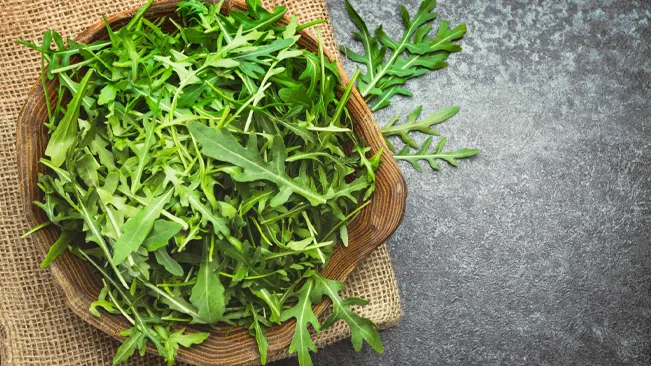
The popularity of arugula plant has grown considerably in recent years, thanks to its nutritional profile—it’s packed with vitamins and antioxidants—and its culinary versatility. It can be eaten raw in salads, sandwiches, and as a garnish, or it can be cooked, which mellows its peppery flavor, making it a suitable ingredient for pastas and sauces. Moreover, arugula’s delicate white flowers are not only a charming addition to its appearance but are also edible, offering a milder version of the leaf’s distinctive taste.
Characteristics of Arugula Plant
| Characteristics | Description |
| Scientific Name | Eruca vesicaria subsp. sativa |
| Common Names | Arugula, salad rocket, garden rocket, roquette, rucola |
| Family | Brassicaceae Family |
| Native Region | Native to the Mediterranean region. |
| Plant Type | It is an annual herbaceous plant. |
| Size | Typically grows to a height of 20-100 cm (8-39 inches). |
| Leaves | Lobed and elongated, with a peppery taste. |
| Flowers | Small, white, and edible, with dark purple veins. |
| Propagation | Easily propagated from seed and can self-seed prolifically. |
| Drought Tolerance | Has moderate drought tolerance but prefers consistent moisture for best growth. |
| Cultural Uses | Widely used in culinary arts, especially in salads, for its peppery flavor. |
| Ecological Role | Attracts pollinators when in flower and can be part of a beneficial insectary garden. |
| Notable Species | The subspecies sativa is the most widely cultivated and consumed variety. |
| Hardiness Zones | Grows best in USDA hardiness zones 3-11. |
| Growth Rate | Has a fast growth rate, often ready to harvest within a month of planting. |
| Lifespan | As an annual, its lifespan is one growing season, though it can persist longer in favorable conditions. |
Botanical Beauty of Arugula Plant
With its delicate, deeply lobed leaves and a rosette-like growth pattern, adds a touch of botanical beauty to any garden setting. When in bloom, the small white flowers with distinctive purple veining create a striking contrast against the lush green foliage. This plant not only enhances garden aesthetics but also brings a lively, verdant texture to urban container gardens.
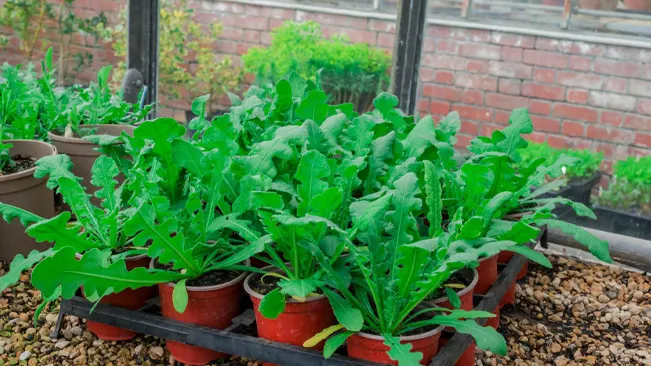

Woodland Elegance
The understated elegance of arugula complements the diverse greenery, with its leaves adding a fine, feathery texture amongst broader foliage. The plant’s adaptability to partial shade allows it to thrive alongside woodland perennials, adding to the richness of the understory.
Ecological Importance
Arugula plays a role in ecological gardening by attracting beneficial pollinators with its blossoms, contributing to the health of the ecosystem. Its flowers are particularly inviting to bees and butterflies, which are crucial for the pollination of many plants within the garden.

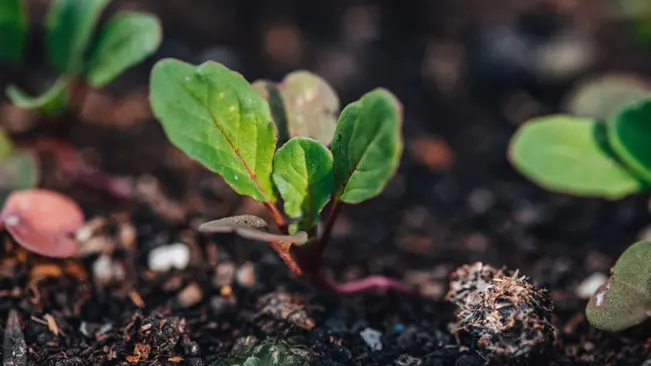
Cultivation and Conservation
Arugula is easy to cultivate, often requiring minimal care, making it a sustainable choice for home vegetable gardens and conservation-oriented agriculture. Its propensity for self-seeding can lead to successive harvests with little human intervention, supporting biodiversity and soil health in cultivated spaces.
Fragrance
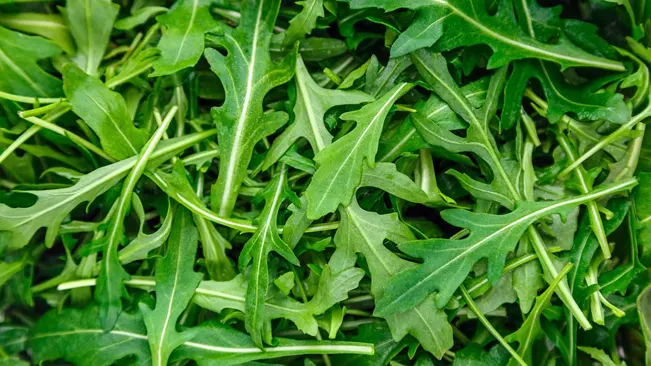
Arugula emits a distinctive, peppery scent that is as pungent as its taste, particularly when its leaves are freshly bruised or chopped. This aroma is indicative of the plant’s glucosinolate compounds, which are common in the Brassicaceae family. The fragrance of arugula is not only a culinary asset but also can serve as a natural deterrent to garden pests.
In the garden, as arugula blossoms, it offers a lighter, almost sweet fragrance from its small, white flowers, which is notably less intense than the leaves but equally pleasant. This subtle floral scent is most apparent on warm days and can add a layer of complexity to the overall sensory experience of a garden. The flowers not only carry this lighter fragrance but also attract pollinators, which adds to the dynamism and aroma of a thriving garden space.
Post-harvest, the scent of arugula can fill a kitchen, hinting at the fresh, earthy, and peppery flavors that the leaves will impart to any dish. The fragrance is a clear signal of the herb’s freshness and a prompt to use it quickly, as its potent aroma is fleeting. When cooked, the fragrance mellifies, releasing a more gentle and nutty aroma that complements its culinary uses.
Soil Stabilization
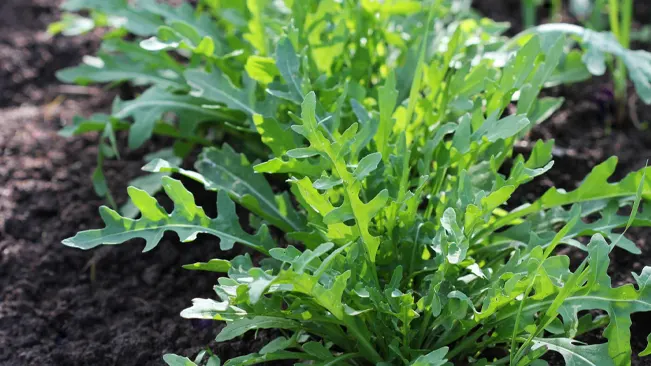
Arugula’s rapid growth and dense foliage cover the soil quickly, providing a living mulch that helps to maintain soil moisture and temperature. Its roots, while not deep, form a network that can help to prevent erosion in the upper layers of garden beds. When planted as part of a crop rotation, arugula can assist in maintaining the structure of the soil, preventing compaction and encouraging beneficial microbial activity.
The lifecycle of arugula contributes to soil stabilization, with its decaying plant matter after harvest enriching the soil as green manure. This process adds organic matter to the soil, which improves its structure and fertility for future plantings. Additionally, arugula’s ability to be harvested repeatedly through the cutting of outer leaves means the soil remains undisturbed for longer periods, thereby maintaining soil integrity.
As an annual plant, arugula’s role in long-term soil stabilization is limited to its growing season. However, its residues, once tilled back into the earth post-harvest, provide essential nutrients and organic matter that help to sustain the soil’s health. Successive plantings of arugula in a garden can help to ensure that soil is never left bare, which is vital in protecting against erosion.
Common Uses

Arugula is most commonly used as a leafy green in salads, where its peppery taste adds a flavorful punch. The young tender leaves are preferred for their milder flavor, while the mature leaves can be used for a more intense peppery kick. Beyond salads, arugula can be used as a topping for pizzas, added to sandwiches, and incorporated into pasta dishes for a fresh, spicy note.
The versatility of arugula extends into cooked dishes; it wilts nicely and can be added to soups, stir-fries, and sautéed vegetable medleys. Its robust flavor stands up to strong ingredients like garlic and citrus, making it an excellent green for flavor-packed dressings and marinades. Arugula is also frequently blended into pesto for a spicy alternative to traditional basil.
In addition to its culinary popularity, arugula is also utilized ornamentally in gardens, where its vibrant green leaves and attractive flowers provide visual interest. Its blossoms are a beautiful and edible garnish, offering a subtler flavor profile that complements light dishes such as seafood and grain salads. Even the seed pods of arugula can be pickled or used as a spice, demonstrating the plant’s broad utility.
Benefits
Arugula is known for its health benefits, as it is rich in vitamins C and K, calcium, and potassium, and is a low-calorie addition to any meal. The antioxidants found in arugula, like quercetin and kaempferol, are known for their anti-inflammatory properties and can help reduce the risk of chronic health issues. The high nitrate content in arugula is also believed to help lower blood pressure and enhance athletic performance.
Adding arugula to your diet can bolster bone health due to its high vitamin K content, crucial for bone formation and repair. The dietary fiber in arugula aids in maintaining a healthy digestive system, while its folate is vital for the development of the fetal nervous system during pregnancy. Furthermore, the glucosinolates, responsible for arugula’s distinctive peppery scent and taste, are being researched for their cancer-fighting potential.
Beyond personal health, arugula benefits the environment when grown as part of sustainable agricultural practices. It has a relatively low water requirement compared to some crops and can be grown in a variety of climates, making it accessible to many gardeners. The flowers of arugula
Different Species and Varieties
Eruca vesicaria
(salad rocket)
The traditional species known as arugula, or salad rocket, Eruca vesicaria, is favored for its signature peppery flavor, adding a spicy zest to salads and culinary dishes.
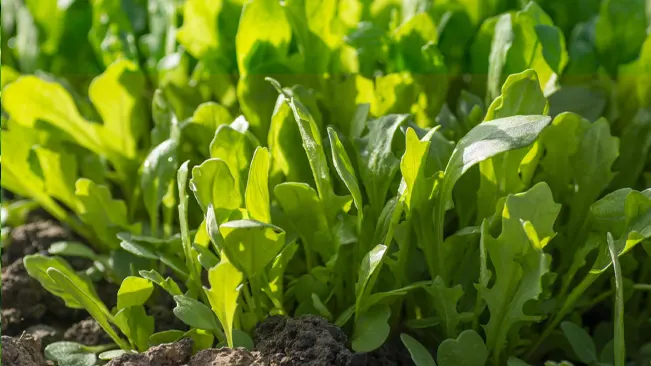
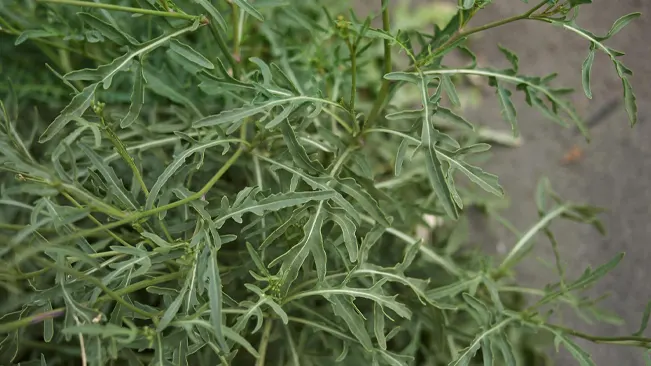
Diplotaxis tenuifolia
(perennial wall rocket)
Also known as perennial wall-rocket, this species has a more intense peppery flavor and is sometimes used like arugula in cooking.
Diplotaxis muralis
(annual wall rocket)
Known as annual wall-rocket, it is similar to arugula but with a slightly different flavor profile, often found growing wild.
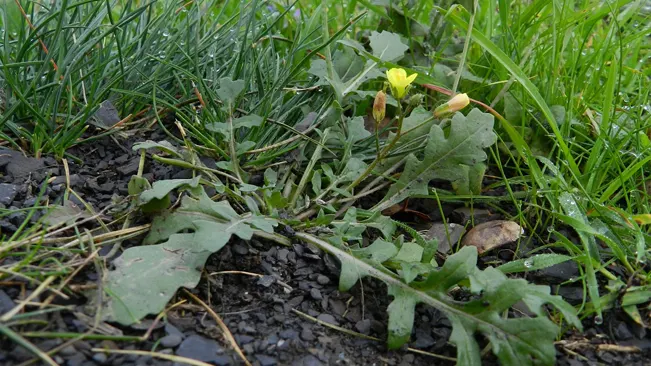

Brassica eruca
(garden rocket)
Also part of the Brassicaceae family, this is a close relative to arugula with similar growing habits and culinary uses.
Frequently Asked Questions (FAQs)
- What does arugula plant taste like?
Arugula plant has a distinctive peppery, slightly bitter taste, which adds a flavorful punch to salads and other dishes. - How do you store fresh arugula plant?
Keep arugula plant fresh by storing it in the refrigerator in a loose plastic bag with a paper towel to absorb moisture. - Is arugula plant healthier than spinach?
Arugula plant and spinach both have excellent nutritional profiles, but arugula has higher levels of certain phytochemicals that can benefit health. - Can you cook arugula plant?
Yes, you can sauté or wilt arugula like spinach; cooking softens its peppery flavor and makes it more versatile. - How quickly does arugula plant grow?
Arugula plant grows quickly, often ready to harvest within 4 to 6 weeks after planting. - Can you eat arugula plant flowers?
Yes, the white, edible flowers of arugula plant have a milder flavor than the leaves and make a pretty salad garnish. - Why is my arugula plant bitter?
Arugula plant becomes more bitter as it matures and especially as it starts to bolt or flower. - How often should I water arugula plant?
Arugula plant prefers consistently moist soil, so water it when the top inch of soil feels dry. - Does arugula plant need full sun?
Arugula plant grows best in full sun but can tolerate partial shade, where it might be less spicy. - What can I use instead of arugula plant?
For a similar peppery flavor, substitute arugula plant with watercress or young mustard greens in recipes.




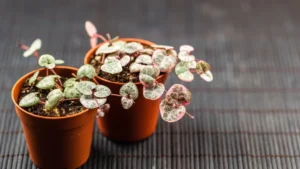



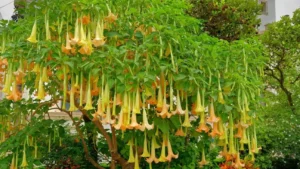

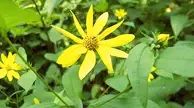
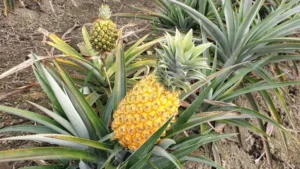


Leave your comment